We’ve been fitting the canopy frame to the F1 Rocket project this week, and one of the tasks (after getting all the hoops properly shaped) is to trim the end of the tube that goes into the track rollers to the right length. What’s the right length? Nobody knows that in advance—you have to trim and fit, trim and fit…
You do, however, need to make sure that when you trim the end, you get it nice and “square” to the tube’s centerline. One way to do this is with a short scrap of tube with an inside the diameter the same size as the outside diameter of the piece you’re trimming. I generally do a rough cut with either a hacksaw or Dremel cut-off wheel, then use a sanding disk on an angle grinder to trim down to the exact line.
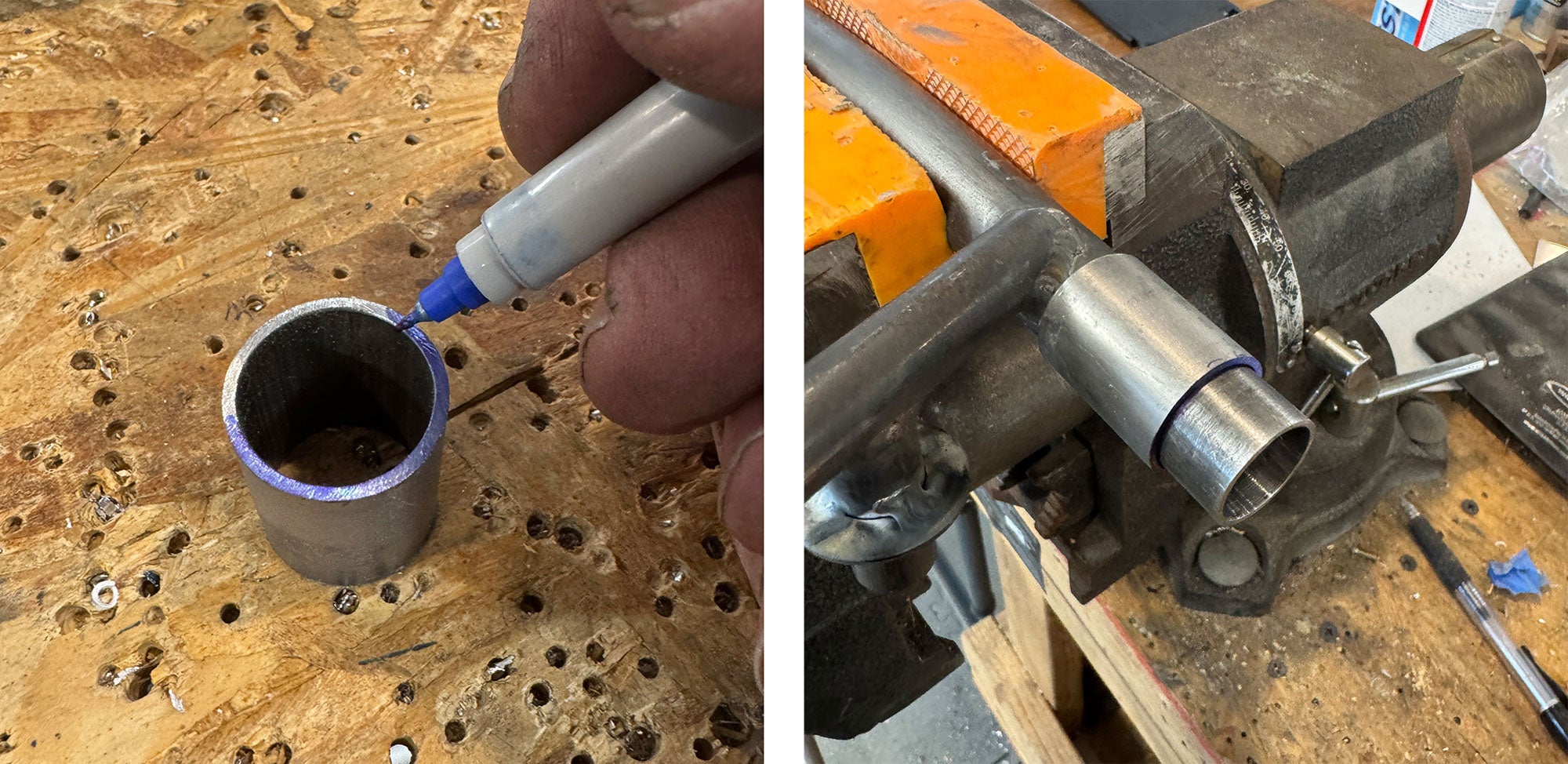
The easiest way I know of to get exactly where you want is to color the end of your oversized tube with a Sharpie. Hold it in the proper place on the tube with tape (don’t hold it with your hands unless you have gloves on – it will get hot!) Then trim the tube to final length, watching carefully for when the Sharpie color disappears. When it’s
gone – you’re done – plus or minus a thousandth, which is close enough!
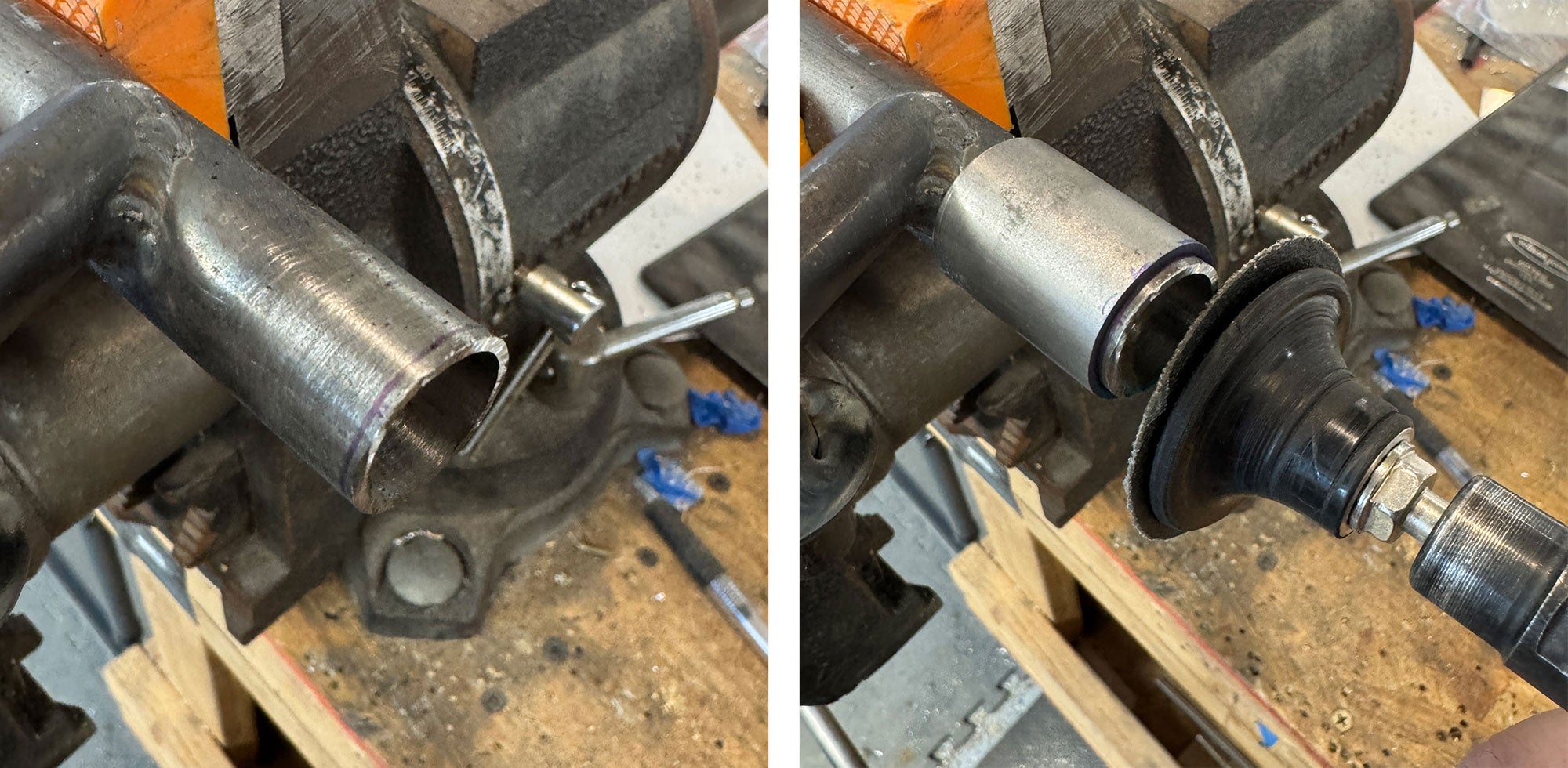
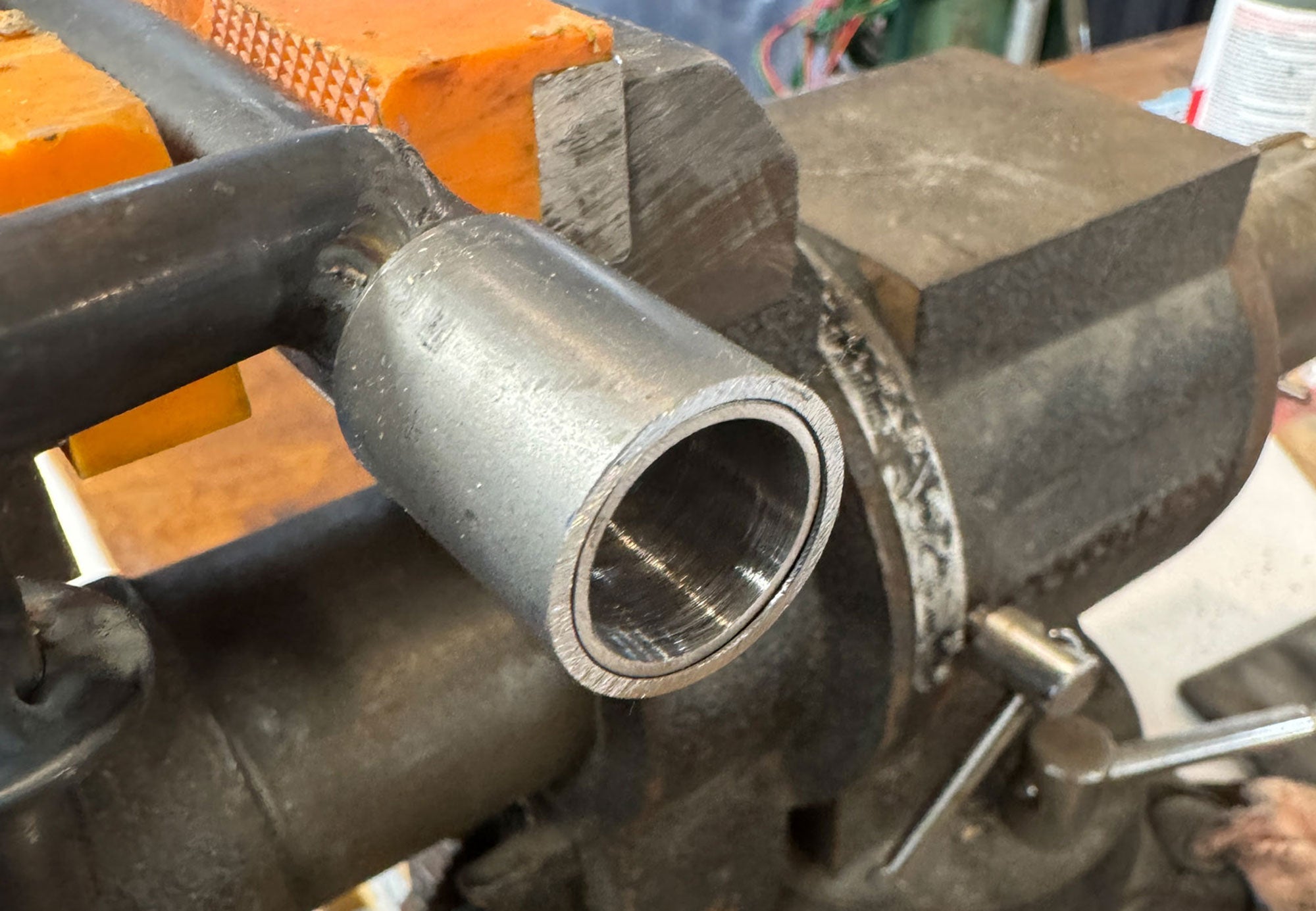



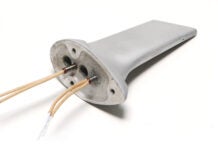

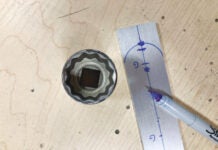








If you do not need great accuracy, try using a hose clamp as a guide!